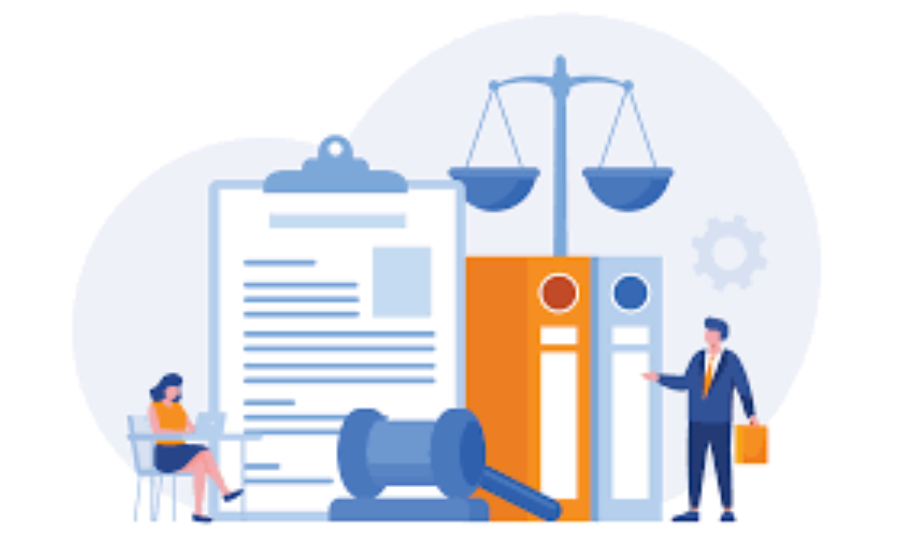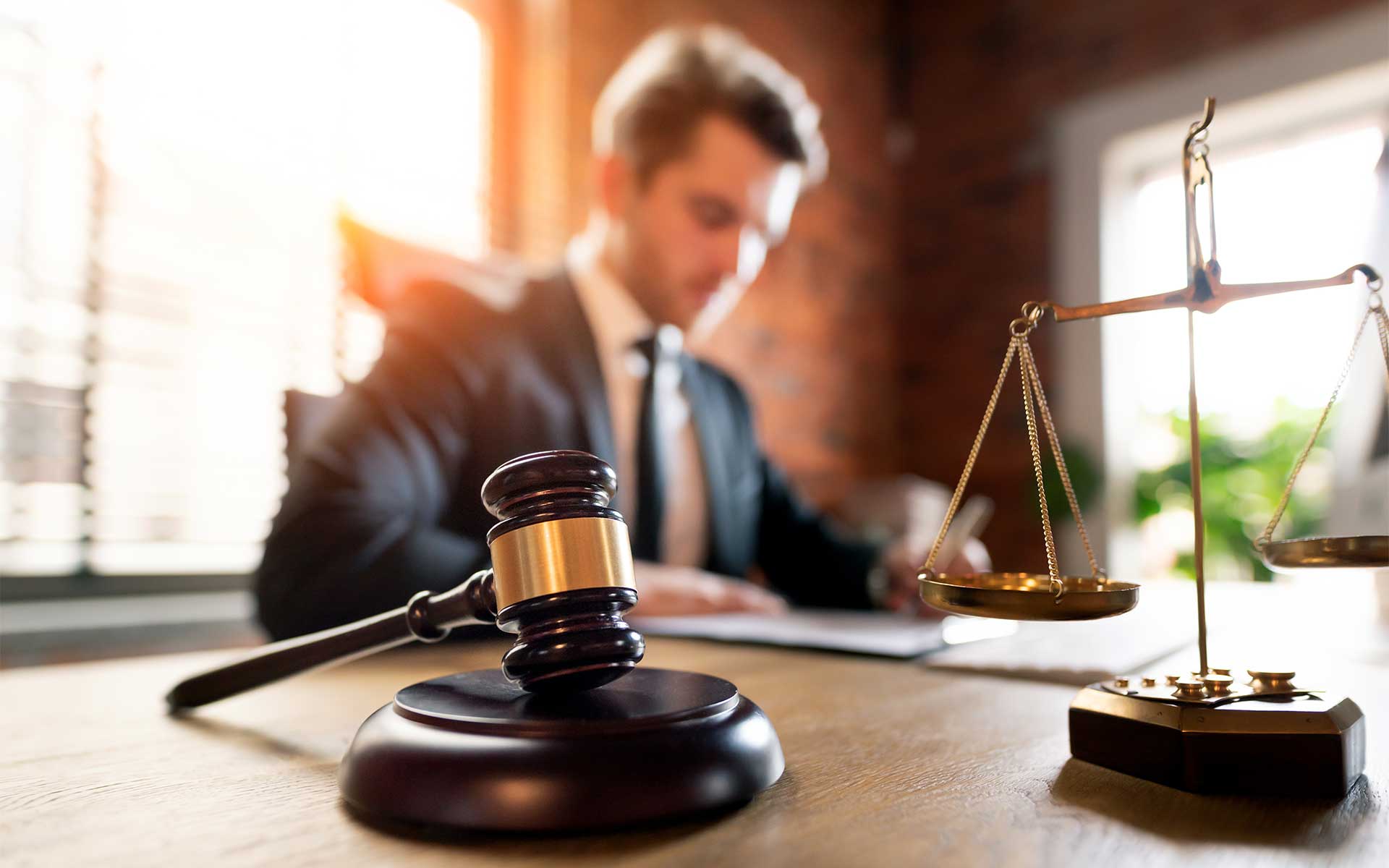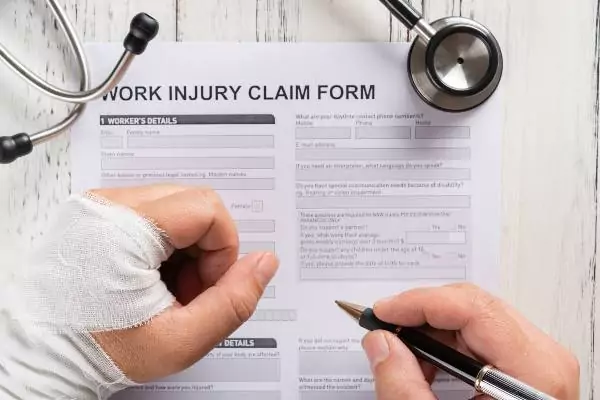Technological advancements positively influence law firms and clients as it helps them enjoy seamless legal processes in personal injury cases.
Statista reported that unintentional injuries or mishaps are the fourth leading cause of death in the United States. An average of 200,955 people die from this source annually.
Many of these injuries have led to tort claims, with 11.34 percent of those concerned needing the services of a personal injury attorney to assist them with their issues.
The data from the United States Courts shows that personal injury caseload alone associated with product liability surged by 97 percent in 2020. The report furthered that pending civil matters increased by nine percent to 397,492 in the same year.
Hence, enhancement is essential to streamline the processes and assist more victims and claimants in getting deserved justice. Furthermore, the legal sector should greatly benefit from contemporary technological advancements. The pandemic has shown that legal firms can achieve a lot with technology.
Many law firms leveraged technology to offer virtual case management to clients to beat restrictions and lockdowns. Fortunately, technology can offer much more.
Leveraging Technology to Enhance Processes
Below are five crucial ways technology can help personal injury matters:
Streamlining Claims Settlements
Most personal injury issues end up in settlement. Most parties prefer the settlement route because it is cost-effective, prompt, and less risky to lawsuits. Some legal firms use artificial intelligence to streamline the process for parties amenable to settlement.
Law firms can use intuitive AI interfaces in software to process, assess, and organize crucial data before sending it to parties. More interestingly, machine learning trains the program to make predictions, estimations, and decisions in some more advanced software. The findings in this context are often fair because there is no human intervention.
Maximizing IoT
Determining liability depends on the burden of proof in personal injury issues. The party with the most convincing evidence wins the case. Hence, the Internet of Things (IoT) works perfectly.
Litigators and judges increasingly rely on smartwatches, CCTVs, smartphones, and dashcams to get better information on the individual responsible for the negligence that caused the harm or fatality. For instance, motor vehicle accident claims can deploy dashcam data to identify the factors that triggered the crash.
Secure Confidential Data
It is unsurprising for law firms handling highly sensitive personal injury cases to experience hacking. Criminally-minded individuals out to defraud big-time clients target law firms to steal sensitive information for their nefarious intents. For instance, the American Bar Association (ABA) said 29 percent of law firms reported security violations in 2020 alone. Malware infections targeted 36 percent of them.
Unfortunately, most law firms are naïve about how to handle these attacks. They focus on working on many cases on their table, neglecting this dangerous loophole. Fortunately, law firms can use technology to automate their processes to prevent abuse and breaches from the dark world.
You can upload your data on a secure cloud network and guard against unwarranted and unauthorized access.
24/7 Chatbots
Although most personal injury attorneys want to be there always for their clients, it is impossible because of other life necessities. Thankfully, you can hop on the power of technology through chatbots to attend to clients all day long.
Your firm can program these chatbots to dish out information on personal injury to users as they demand it. Also, chatbots reduce the gap in service provision and enhance productivity as you can follow up with clients once you are back in the office to enlighten them further whenever necessary.
Animations and 3D as Visual Aids
Presenting visual aids helps attorneys pass their messages across appropriately, as simple narration may be inadequate in some instances. Jurors usually rely on actual presentations and photos to decide cases.
These items quickly stick to their minds as images do not, sometimes, depict the actual harm. Hence, it may impair their decision-making process.
Fortunately, the introduction of 3D and animation has helped jurors better understand what transpired in an incident. Decision-makers can now quickly understand the narrative of how the plaintiff sustained injuries.
Furthermore, simulations are beneficial to complex medical malpractice claims. They allow the jury to see the actual procedure, what probably went wrong, and how to prevent complications.
Conclusion
Technology has advanced, and more will come in the coming years. So, law firms should key in these changes before it is too late. This short article has shown practical ways technology is changing the legal industry.
You can use technology to unlock opportunities and enhance your processes for effective time management and fluent communication with clients.
Don’t miss the latest updates and alerts visit: Internal Insider!










